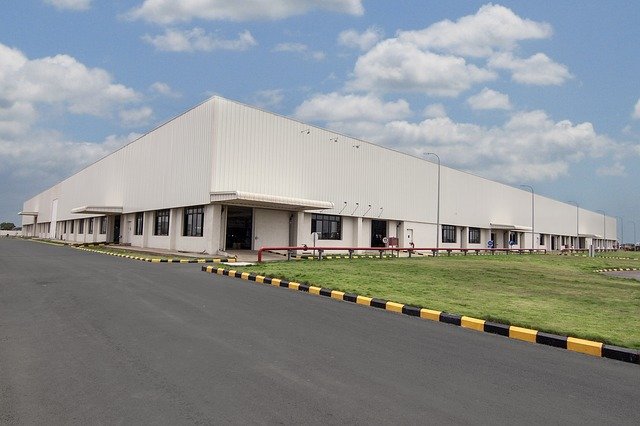
Plastics are a necessity in today’s world and are used almost everywhere. The versatility and strength they bring make them ideal for a wide range of applications. Each application calls for a specific manufacturing process that fits the plastic into proper specifications.
While there are many plastic manufacturing processes, thermoforming and injection molding stand out and are used quite often. Thermoforming is ideal for large designs that require short production runs. Injection molding is ideal for small, intricate designs that call for large production runs. Understanding the key differences between both manufacturing methods could help you pick the one that suits your immediate needs.
Here’s a thermoforming vs. injection molding breakdown:
Thermoforming in a Nutshell
Thermoforming involves using female or male mold surfaces to form heated plastic sheets. Unlike injection molding, the plastic fabrication process is single-sided – the mold or tool only controls one side of the plastic. Two of the most popular thermoforming styles are vacuum and pressure forming. This is ideal for smaller production quantities.
The benefits that you can enjoy include:
- Bright color and texture options
- Quick product prototyping and development
- Lower tooling costs than injection molding
- Extreme adaptability and simple adjustments
Injection Molding in a Nutshell
The ease of design is a constant reference point during thermoforming vs. injection molding comparisons. In the case of injection molding, a great deal of upfront engineering and design is needed to come up with detailed molds and tools. While being crafted from aluminum or stainless steel, split-die molds have to be injected with molten liquid polymer under extreme pressure and at high temperatures. The molds have to be cooled to create fully-developed plastic parts.
This method is ideal for projects that require mass plastic production and large volume orders. Despite its complicated processes, injection molding offers a lot of perks, which include:
- Reducing piece count effectively
- Low scrap rates and promoting the efficient use of materials
- Helps produce large volumes of small parts through precise and efficient processing
- Offers highly engineered and detailed tooling alongside multi-cavity mold options
Thermoforming Vs. Injection Molding: Application Areas
Thermoforming
Owing to its lower production costs, adaptability, and versatility, thermoforming is ideal for a wide variety of applications. Some great examples of thermoformed products include:
- The automotive industry: seat components, bumpers, air ducts, dashboards, and interior panels
- The aerospace industry: air ducts, galley equipment, seat components, window shades, and interior panels
- Office equipment: fax, furniture, printer, electrical panels, and computers
- Construction: interior and exterior panels, equipment housing, and tool cases
- Public transportation: dashboards, interior and exterior components, light fixtures, and seat components
Injection Molding
Some examples of items made through injection molding include:
- Construction: fasteners, window and door locks, hand tools, and joiners, among other building accessories
- Point-of-purchase: product stops, hooks, and dividers, among other retail display equipment
- Medical: diagnostic kits, surgical prep kits, X-ray components, medical device components
- Aerospace and automotive: gears, lenses, panels, turbines, and housings
What’s Best for Your Project?
Now that you have gone through the thermoforming vs. injection molding breakdown, you are probably wondering what method suits your project best. While almost all projects can use either, one will be more effective than the other, depending on your project’s intricacies. Assess the intricate requirements and specifications of your project to choose a method that suits you best.
Feel free to contact Polymershapes for all your plastic development and design needs.





